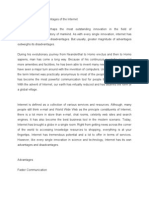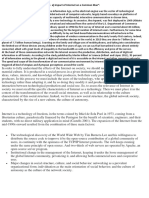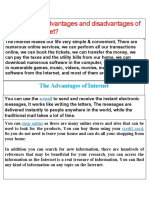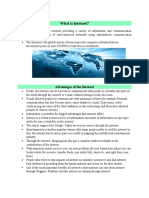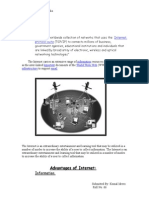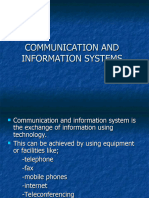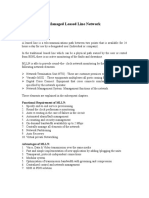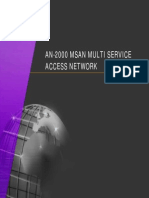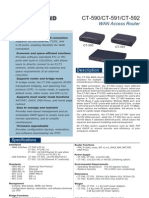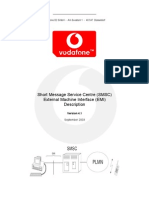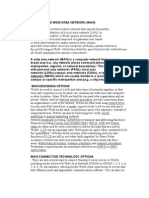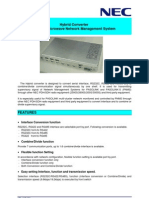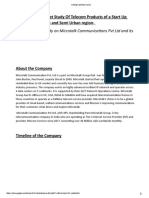0% found this document useful (0 votes)
16 views14 pagesComp Internet
The document provides an overview of the Internet, its services, advantages, and limitations. It covers various topics including email, FTP, Telnet, and the World Wide Web, along with their functionalities and features. Additionally, it discusses different types of Internet connections and their respective pros and cons.
Uploaded by
calebbrianodhiamboCopyright
© © All Rights Reserved
We take content rights seriously. If you suspect this is your content, claim it here.
Available Formats
Download as DOCX, PDF, TXT or read online on Scribd
0% found this document useful (0 votes)
16 views14 pagesComp Internet
The document provides an overview of the Internet, its services, advantages, and limitations. It covers various topics including email, FTP, Telnet, and the World Wide Web, along with their functionalities and features. Additionally, it discusses different types of Internet connections and their respective pros and cons.
Uploaded by
calebbrianodhiamboCopyright
© © All Rights Reserved
We take content rights seriously. If you suspect this is your content, claim it here.
Available Formats
Download as DOCX, PDF, TXT or read online on Scribd
/ 14


















